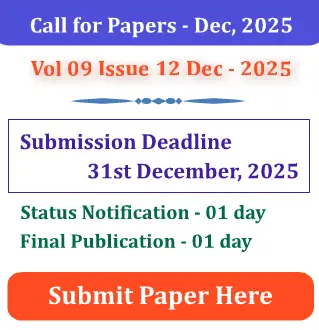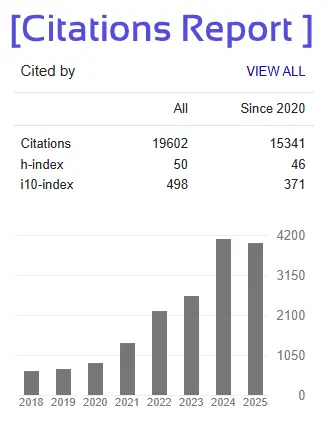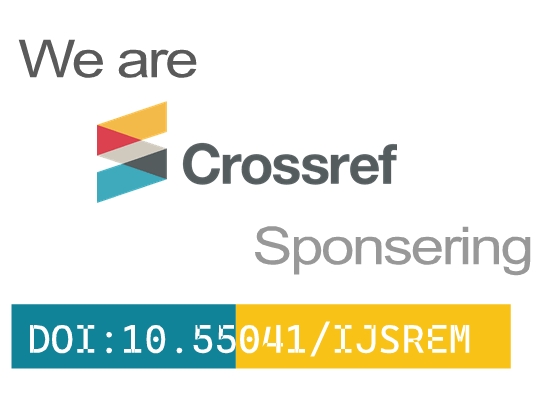Systematic Review of Telemedicine and Digital Health Platforms in the Follow-Up of Patients with Peripheral Arterial Occlusive Disease
Suraj Pai1*, Suresh Pai2
1,2Department of Cardiovascular and Thoracic Surgery
Kasturba Medical College Mangalore
Manipal Academy of Higher Education, Manipal, India
Abstract - Peripheral Arterial Occlusive Disease (PAOD) is a prevalent and progressive atherosclerotic disorder requiring long-term management. Conventional follow-up methods for PAOD are often limited by logistical challenges, leading to poor compliance and delayed intervention. In response, telemedicine and digital health platforms have emerged as viable alternatives for ensuring continuity of care. This systematic review aimed to assess the role, effectiveness, and limitations of telemedicine in the follow-up of PAOD patients. A comprehensive literature search was conducted using PubMed, Scopus, Web of Science, and Embase, focusing on studies published between January 2010 and May 2025. Out of 1,326 identified records, 32 studies met the inclusion criteria, comprising randomized controlled trials, observational studies, and pilot interventions. The results indicate that telemedicine interventions improved patient adherence, reduced unnecessary hospital visits, enhanced wound care monitoring, and contributed to early detection of complications. However, implementation barriers such as technological literacy, data integration, and reimbursement policies were frequently cited. The findings underscore the promise of digital health tools in managing PAOD but highlight the need for standardized, disease-specific protocols and large-scale clinical trials. Future research should prioritize the integration of artificial intelligence and remote monitoring technologies, along with strategies to address the digital divide. Telemedicine represents a transformative tool for PAOD follow-up, especially in settings with limited access to vascular specialists and during situations like pandemics where in-person visits are restricted.
Key Words: Peripheral Arterial Occlusive Disease, Telemedicine, Digital Health, Remote Monitoring, Follow-up Care







